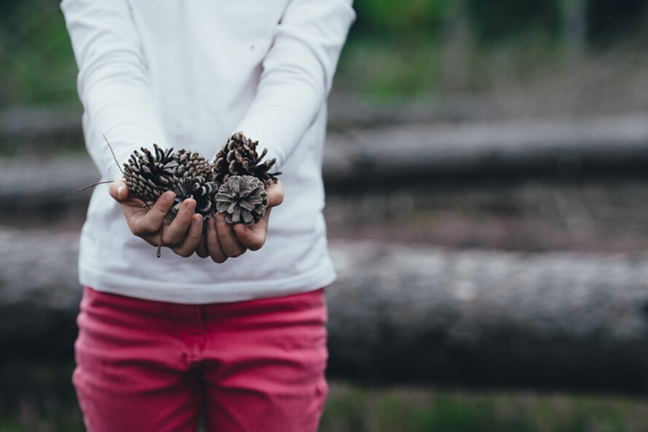Free Shipping When You Spend $50 or More
A sensory garden can be great project to design, build and ultimately enjoy.
Kids learn best when they have the freedom to explore and play in an environment that is safe and open to lots of imaginative play. A sensory garden can help kids regulate their moods and allow them to obtain sensory feedback through their five senses. This can mean happier and calmer kids.

Children like large, brightly coloured flowers and vegetables that grow quickly. Plants such as sunflowers, corn and pumpkins are good examples.
You should also consider using varieties of plants that have sensory and textural qualities as well. Examples of great sensory plants include:
- Touch – woolly lamb's ear, succulents (such as aloe vera), bottlebrush species, snapdragons
- Taste – rosemary, carrots, cherry tomatoes, basil, strawberries and peas
- Smell – jasmine, sweet peas, lavender, native mint bush, lemon balm
- Bright colour – daffodils, marigolds, pansies, rainbow chard, sunflowers
- Sound – corn, bamboo and grasses that will rustle against each other when the wind blows.
To consider
- Safety first. Use non-toxic plants and avoid anything too spiky. A little rough texture is fine (good even), but anything that can damage skin should be off the list.
- Consider water features, but do so cautiously. Running water sounds and looks wonderful, but avoid deep ponds that might be dangerous to younger kids.
- Explore with garden lights of different tones or colours, but ensure switches and fixtures are out of reach.

